The economic narrative across the world is driven by a race for GDP growth, driven by hyper-consumption. The largest economies in the world have been the largest consumers; they are also the largest generators of waste. India will soon overtake UK and become the fifth largest economy. Even as the economy grows, the challenges of managing waste are already skyrocketing. It is time to wake up to the idea of a Circular Economy and Circular Business Models.
Make, Use, Throw. Repeat – time to wake up to waste management
Factories around the world are busy churning out new products. Modern economies measure development by the number of mobile phones, washing machines, air conditioners, automobiles, shoes, clothes, accessories etc that we consume.
Advertising teams, now further enabled by AI, analyse our massive data-exhaust, build hype and create aspiration value. Children, adolescents, men, women, seniors, sick, healthy, hungry, well-fed are all target segments and we have nowhere to hide.
Factory workers in third world countries produce over 70% of almost everything. These hives of workers and machinery consume raw material resources from everywhere. China imports 70% of the world’s iron ore; as also cement, sand, rubber and plastic; to become the factory of the world.
Then there is disposal or waste generation. As we buy new stuff we need to junk used items. CPCB data published in the Times of India states that India generates 26,000 tons of plastic waste daily. Alarmingly 10,000 tons of this ends up on streets, farms and rivers every single day. This is just India. By 2050 there will be more plastic in the seas by weight, than there are fish. Similarly, we have the disposal of metals, fabric, chemicals and building material. Even the waste that is collected by municipalities ends up in Land-fills.
Circular Economy – Waste Management in focus
Typical Industrial philosophy assumes that the world’s resources are there for the taking. We seem to have a license to take what we want from the earth. Last year Cape Town reached ‘Zero-level’ of potable water. We know about coal and oil, but what about rare earth minerals for electronics or cement and steel for construction? How is this mad, massive consumption industry going to continue? More importantly how will the earth survive this scorching pace of extraction of resources?
There is now awareness about waste segregation and waste management. Developed countries have built efficient systems and enacted laws to ensure conservation and re-circulation, but it’s inadequate. This is the first step towards evolving into a Circular Economy.Waste management in India and many other countries is struggling for investment and enforcement. Expectedly, our ancient rivers now look like sewage streams. Conservationist linear approach is not enough; our thinking needs a fundamental change.
Beyond waste management and recirculation is the bigger step of designing economies that stop generating waste. This needs a scenario where all production systems and usage processes are designed to eliminate waste generation through Circularity and Circular Business Models.
Innovate to survive: Think Circular Business Models
Above picture taken from this Government of Netherlands page.
The need for Circularity in business is therefore becoming critical. There is more gold in a ton of used mobile phones, than in a ton of ore. Used mobile phones will also yield copper, cobalt and rare earth minerals like Yttrium and Lithium. The crux of Circular thinking is – Can this extraction from discarded products be built into the product life cycle itself? It’s about re-imagining products and their life-cycles, in fact the entire process design. Cradle-to-cradle product life-cycle ends only when the used, discarded products are re-assimilated into raw materials.
Ellen MacArthur Foundation’s presentation explains it in this short and interesting film.
Circular Business Models can be viable
Andrew Morlet of Ellen MacArthur Foundation is very confident that Circular business models will lead to palpable gains. This will not happen on its own, though. Existing supply-chains and manufacturing set-ups are designed for linear processes and are the biggest hurdle today. If Circularity has to scale we must look at it from a value creation and not just a conservation perspective.
Some key aspects of a Circular Economy would be
Products as service: Signify (Philips Lighting) in 2015 signed up Schipol Airport to provide light systems as a service. It owns all the equipment but has ti ensure all buildings are lit. For this contract Signify redesigned its lighting fixtures to last 75% longer and made them modular so that replacement and maintenance costs are slashed.
Recycle for raw materials: Tarkett, a french flooring company uses circularity at its core manufacturing strategy. Two-thirds of its raw materials come from recycled or abundant materials. It spends heavily on research so that end products can be easily disassembled, refurbished and re-used.
There are many more such examples but these remain exceptions. It will take a more systemic change for it have a significant impact. Govts and communities will need to push hard for this change.
Landfill Tax: It costs Tarkett twice as much to recover used tiles than to send it to a landfill. Govts need to tax companies and communities for dumping in landfills. Why should landfill usage be free? It is taking up valuable urban land, transportation and a heavy toll in pollution.
Institutional support: Govt support for this is a must. Its early days and will require evangelising as well as punitive measures to take off. A push at this stage will help it take off.
Sustainable financing: There is a challenge in turning the investment and lending model around too. Till now physical assets have been a measure of value and lenders have been financing assets. Now they need to finance services and contracts. A few banks – ABM Amro, ING, Rabobank – have created circular economy guidelines for other to follow and to evolve the role that finance will play in a circular economy.
Innovative start-ups: The start-up ecosystem depends on innovation. Once this picks up Circular business models, it will give the concept a fillip and make it ubiquitous, far quickly than any Govt. intervention. There have been some really fantastic initiatives already.
Some interesting examples of circular business models are :
- Pay-per-wash: Washing machines https://www.ellenmacarthurfoundation.org/case-studies/internet-enabled-pay-per-wash-a-model-offering-multiple-benefits
- Cleaning products from Splosh: https://www.ellenmacarthurfoundation.org/case-studies/how-re-thinking-the-business-model-for-cleaning-products-can-influence-design
- Cradle to cradle Carpets from Desso: https://www.ellenmacarthurfoundation.org/case-studies/cradle-to-cradle-design-of-carpets
- Pre-consumer electronic waste management. E-Stoks, Brazil: https://www.ellenmacarthurfoundation.org/case-studies/pre-consumer-waste-a-gbp-1-9-billion-opportunity-awaits
We need to see our planet’s resources as a community capital. It must be used with care for the future. Nature uses the same capital in a way that replenishes and re-nourishes it automatically. We must do the same.
Other references:
- See this very slick video which changed toothpaste packaging in Iceland #NoMoreBoxes.
- Bio-mimicry Institute https://biomimicry.org
- Regenerative Design http://www.regenerativedesign.org
Please do leave your comments at the bottom and do share with others if you like this article.


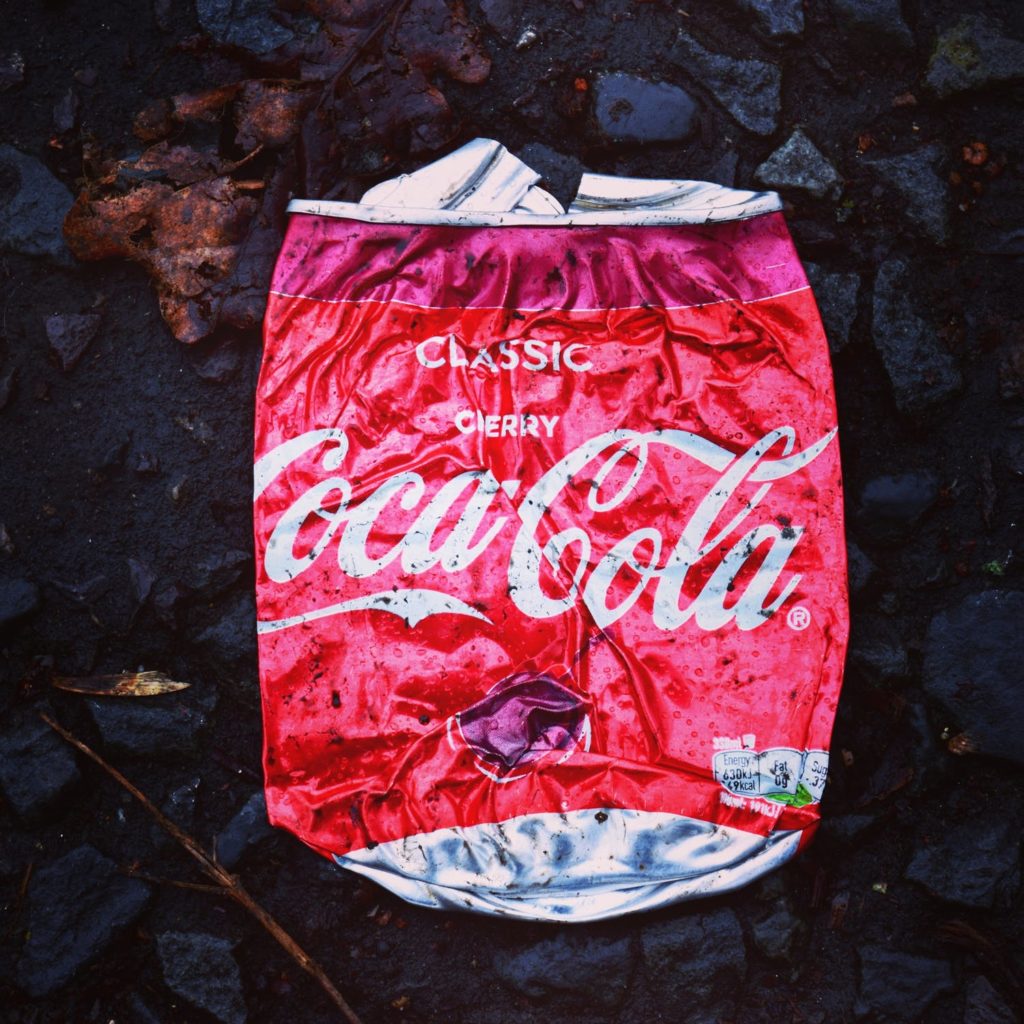






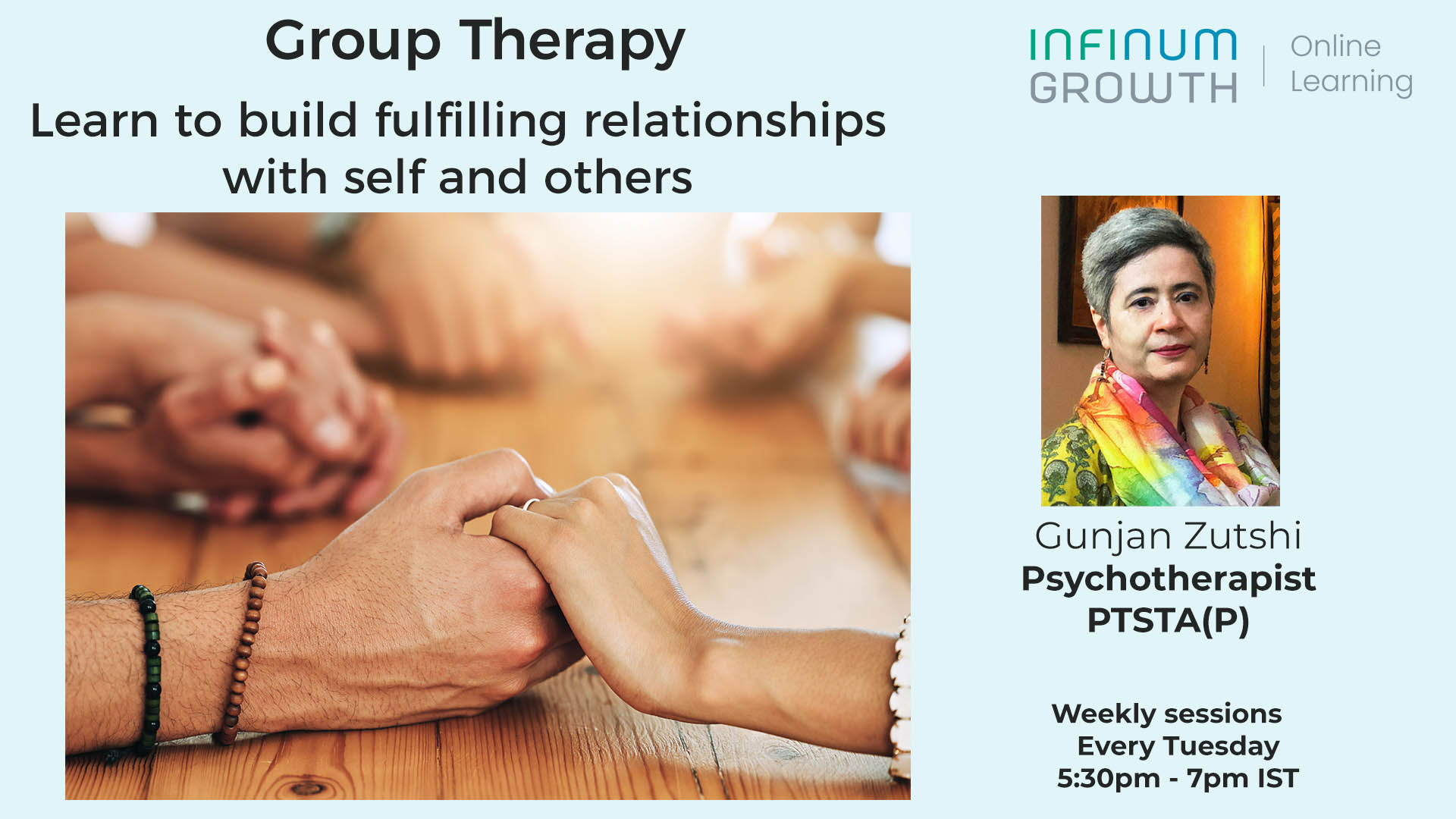

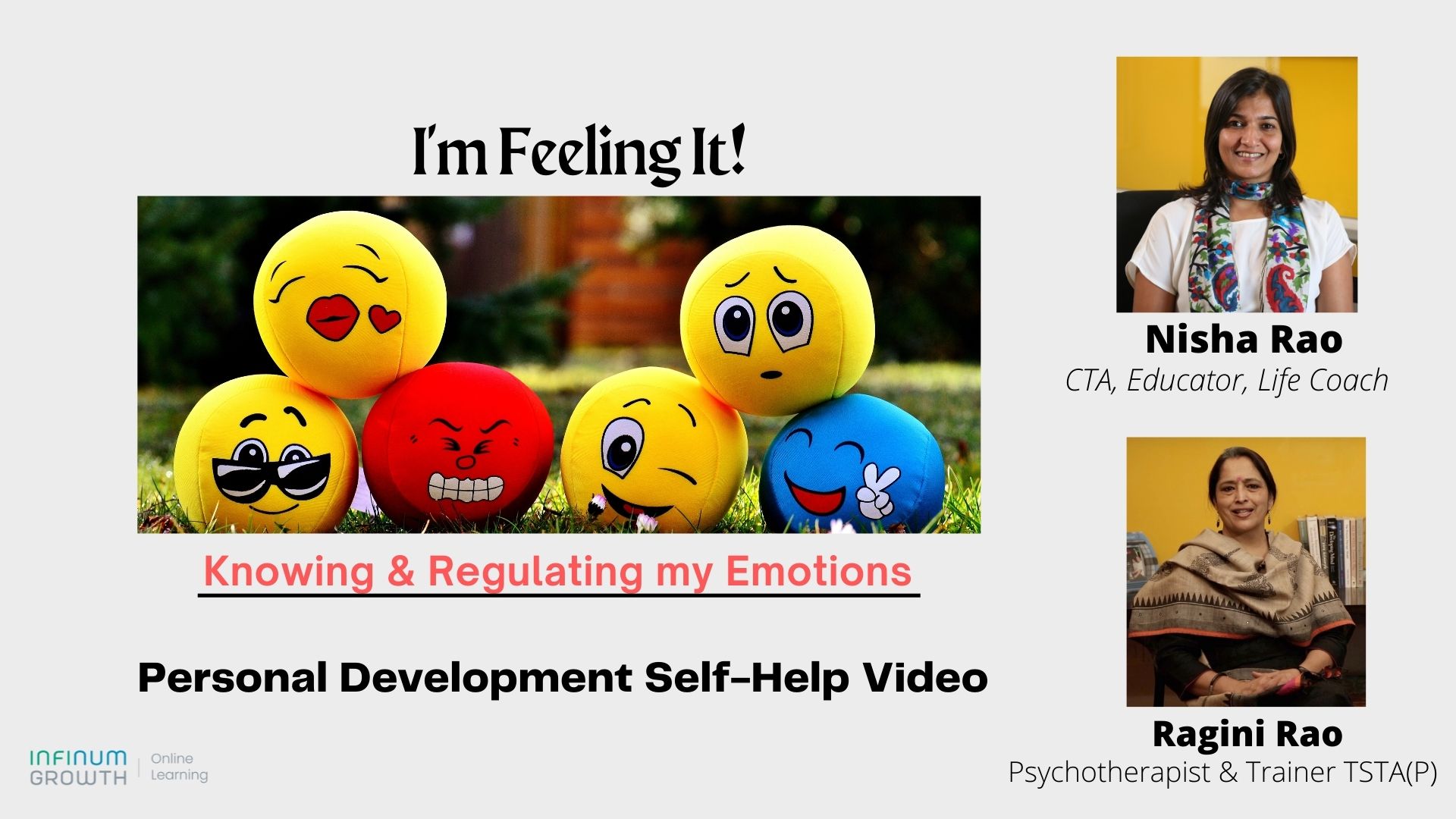


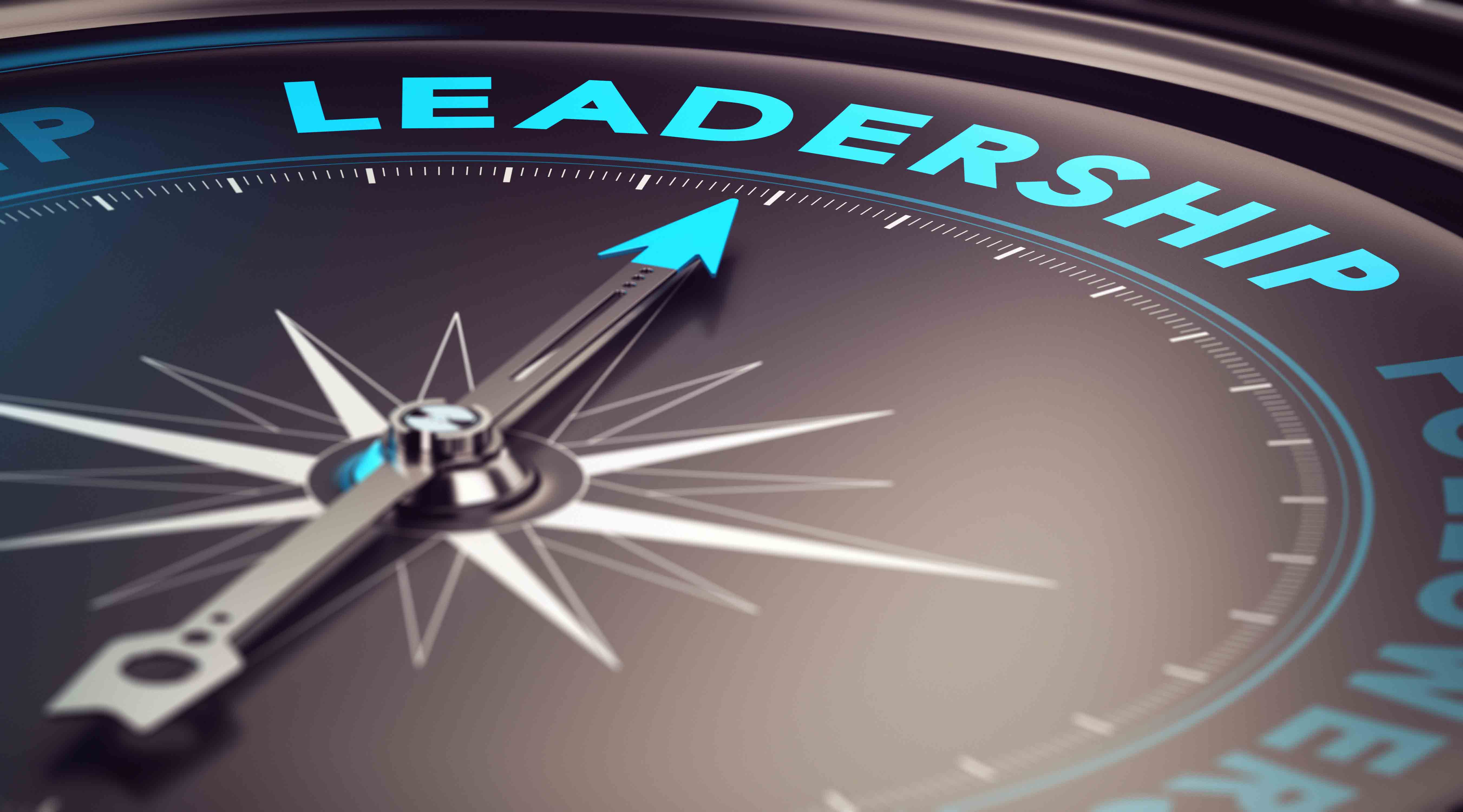

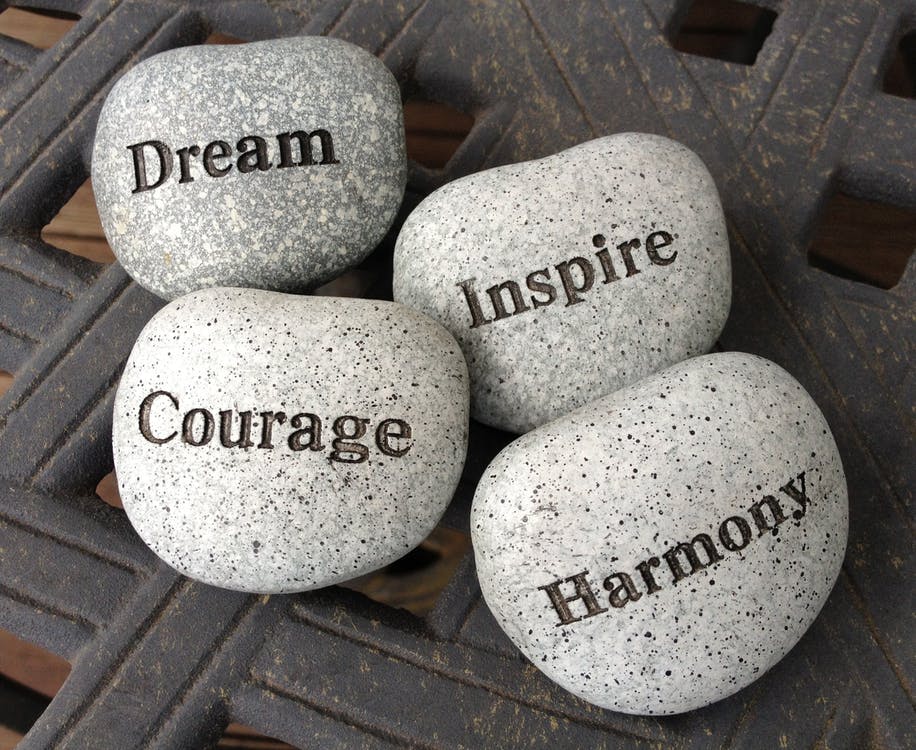
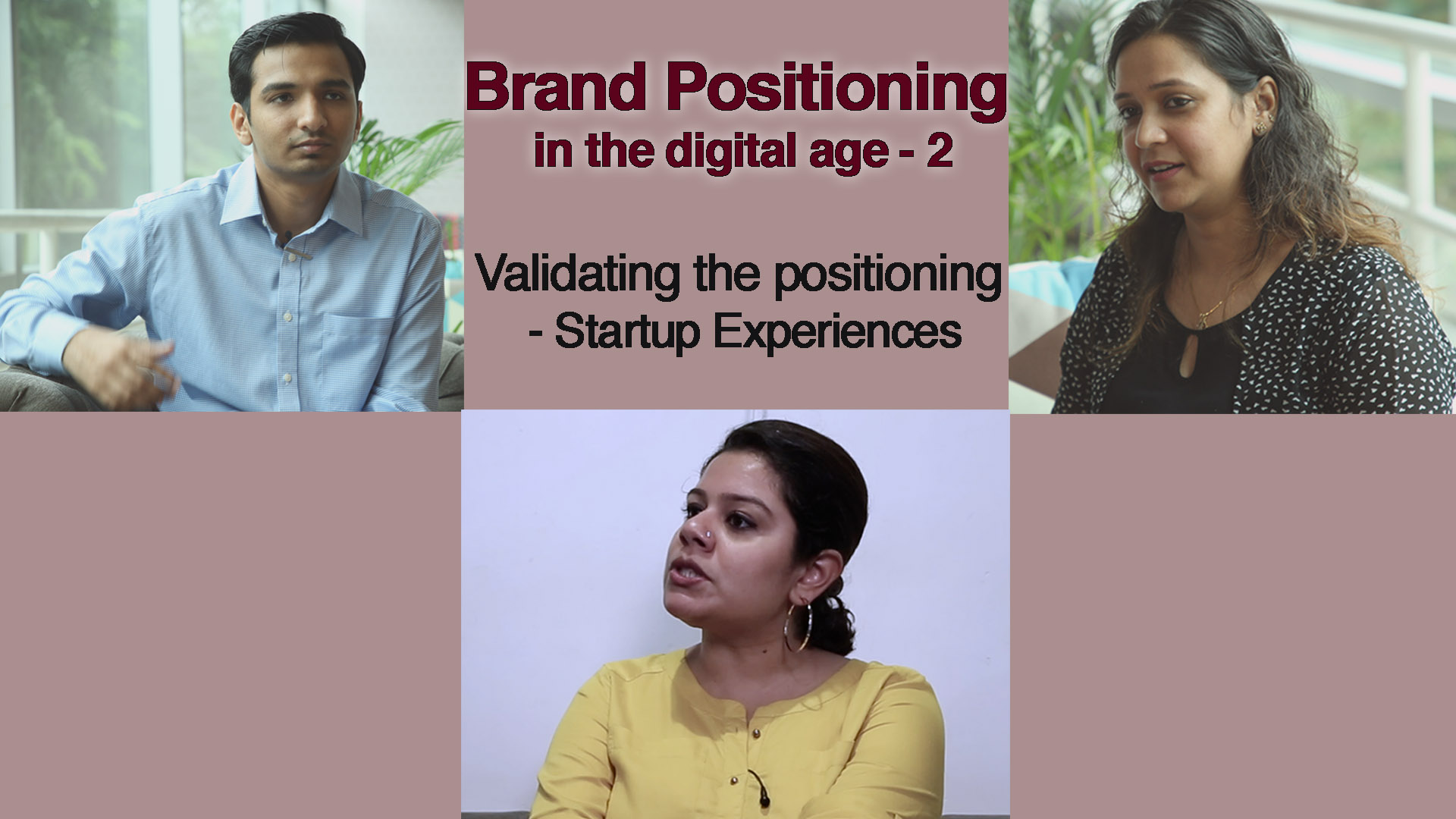


Nicely written by Shankar. Need to adopt otherwise we soon join fast waste creater club.Need to adopt circular business model .